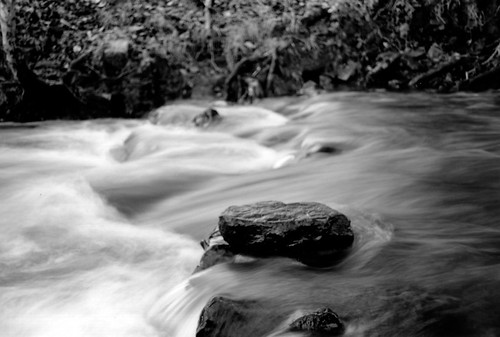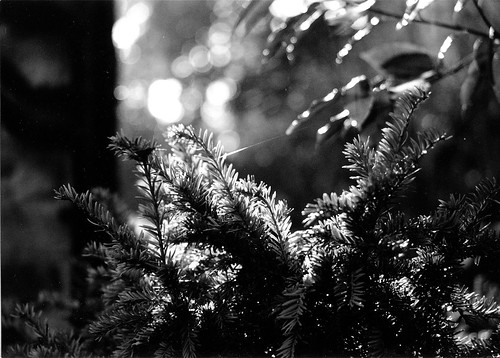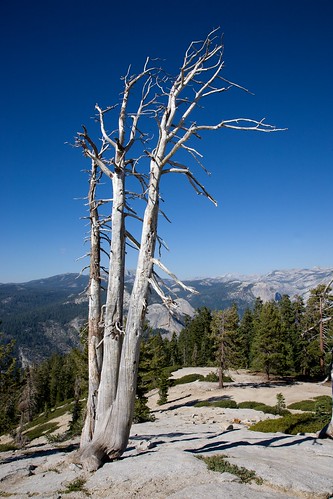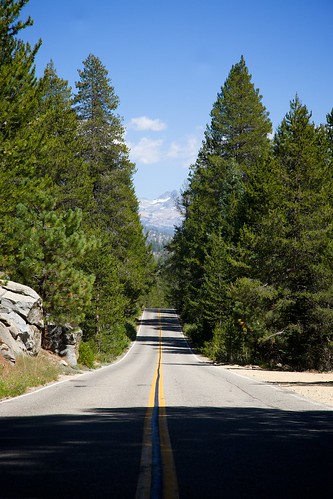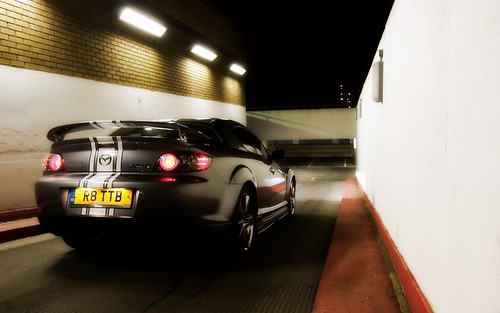A long time ago (well, two-five years ago), I used to do a lot of photography. Not professional photography, but I used to go out with my camera and take pictures for the purpose of taking pictures. This started when I was a kid and my Dad let me use his Olympus OM-1 — a fully manual camera whose battery was optional and only powered the light meter. He taught me how to use it, how shutter speed and aperture size worked and what they did to the picture, and so on. From then, I was hooked.
Some of my early photos from that camera:
More recently, real life has got in the way of this. My amazing camera and lens (an EOS 5D with a 28-105 f/4 USM L) has been relegated to taking holiday snaps and other menial tasks that I could use a compact camera for. Indeed, a couple of years ago I bought a Nikon P6000 compact as it's easier to carry around.
A few months ago, I noticed that the screen on my 5D was failing. I'd been wanting to replace it with a 7D for a while, but I was actually upset when I saw the faulty screen — my 5D is five years old and full of dents and scrapes, each of which has a story attached — most of them are from clambering up and down rocks and waterfalls at Yosemite National Park.
Moving to Sweden has given me a great reason to get back into photography again — this is a beautiful country. I've decided to endeavour to publish one photo per day for the next year, and if I succeed I'll turn it into a printed photo book to keep for prosperity.
This seems like as good a time as any to go over my photography ground rules. I've seen far too much "photography" recently that attempts to fix bad photography with the over-application of soft focus, sepia, wonky angles and other miscellaneous effects. Also: if you're a "photographer" at a wedding and all I can hear is the beeping of your camera, you need to think hard about your career choice.
So, my ground rules?
• Quality over quantity. Digital isn't an excuse to take hundreds of shots of the same thing in the hope that one will come out. Think about your shots before you take them.
• Minimal editing. Cropping, slight contrast and saturation bumps, etc are fine. Editing out a tree isn't.
• Less is more. Effects can sometimes enhance a picture, but only if used sparingly. As a rule, if I look at a scene and wish I had my old film camera and some black-and-white film, it's OK to make that picture black-and-white on the computer. Hell, in some instances I'll go to town on a picture — the following photo has a ton of effects applied to it, but hopefully it follows the ethos I follow with HDR photography: if you can tell it's HDR (or has had loads of effects applied to it), you're doing it wrong:
So, starting today I'll hopefully be posting a photo a day of the area I live in and Stockholm City. Don't expect any consistent level of quality, though — I've been out of this game for a long time. In fact, the first photo wasn't even taken by me — my fiancée took it while I was messing around with a fishing rod.
I'll be uploading each day's photo to my Flickr set: Sweden in Pictures. If you use an RSS reader, you can keep up-to-date with it using this RSS feed. If you don't, follow me on Twitter and I'll post on there when I've added a new photo.
